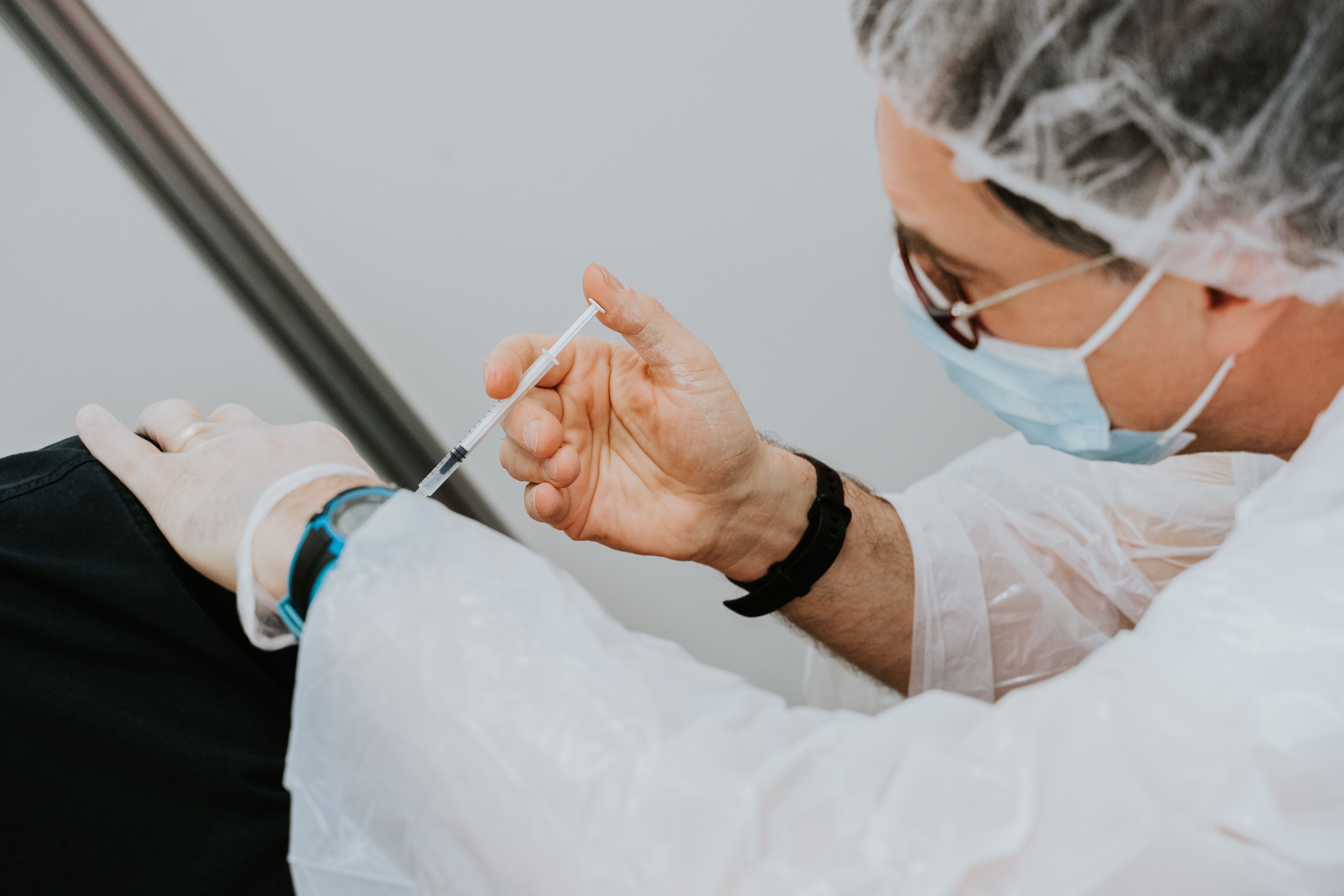Public Health Watch: Certain Groups Unlikely to Change COVID-19 Vaccine Stance
A survey published in JAMA reveals some remain firmly entrenched.

Even as COVID-19 vaccine uptake increases in the United States, there remains a segment of the population steadfastly opposed to receiving the shots.
As much as that sounds like a primetime cable news “hot take,” it has been borne out in recent study findings, including those published on October 13th by JAMA. In this survey of about 6000 adults, roughly 2000 of whom were not vaccinated at the time, “The likelihood of vaccination among unvaccinated… remained the same or changed only somewhat… between April/May and June/July,” the researchers noted.
“For most individuals, reported likelihood of receiving the COVID-19 vaccine remained stable between April 2021 and July 2021,” wrote the researchers, from UCLA Geffen School of Medicine, who did not respond to requests for comment from Contagion. “Structural barriers may remain because many individuals who were somewhat/very likely in April/May remained unvaccinated in June/July.”
Through October 24, 66% of the US population, or about 191 million people, are fully vaccinated, meaning they have received both doses of either the Moderna or Pfizer-BioNTech mRNA vaccine or the 1-shot Johnson & Johnson jab, according to the Centers for Disease Control and Prevention. This figure has ticked upward slightly in recent weeks, thanks in part to vaccine mandates.
However, it still suggests that there are some people willing to give up their employment or even leisure activities—such as dining in restaurants or attending indoor sporting events, in some cities—to avoid getting inoculated against SARS-CoV-2.
For their study, the UCLA researchers surveyed 6052 people—including 2039 who were unvaccinated—in April/May survey and 5,839 of the same respondents—with 1683 unvaccinated—in June/July. Of those who said they would “very likely” get vaccinated against the coronavirus in April/May, 67% were fully vaccinated by the June/July questionnaire.
Conversely, among respondents who reported being “very unlikely” to get vaccinated in the April/May survey, only 4% were fully vaccinated by June/July. In addition, 83% said they remained “very unlikely” to get the shot.
Respondents ages 50 to 64 years, those living in urban/suburban areas, and those identifying as Democrats (as opposed to Republicans) were about twice as likely to report that their views regarding vaccination had changed over the course of the 2-part survey, the researchers found.
“Individuals who were unsure or somewhat/very unlikely in April/May and who were middle-aged, in an urban/suburban area, Asian, and Democrat were most likely to report being vaccinated or switching to somewhat/very likely by July 2021, suggesting that some groups are ‘moveable’ toward vaccination,” they wrote. “Although outreach, education, and reducing barriers may nudge ‘moveable’ demographic groups toward vaccination, more intensive strategies (eg, mandates) may be needed for resistant groups.”
